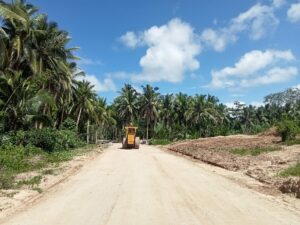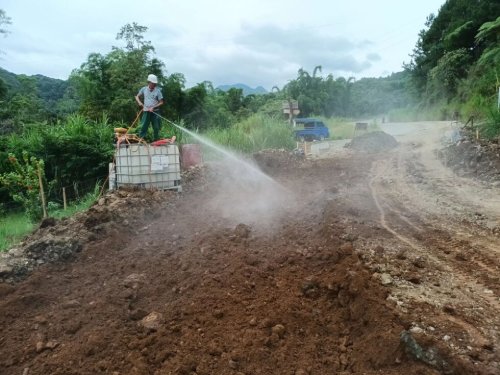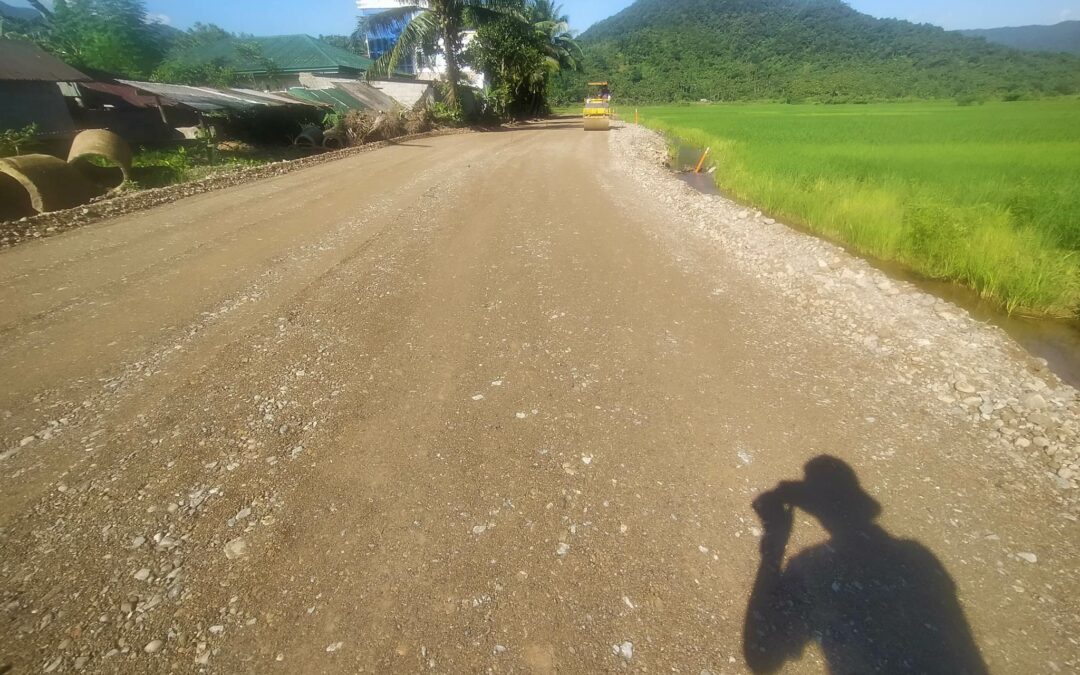Introduction to Soil Stabilization
 In the Philippines, where extreme weather conditions like typhoons, heavy rains, and scorching heat can take a toll on infrastructure, building durable roads is essential. Soil stabilization is important to make sure that road foundations can resist these obstacles. By improving the qualities of the soil, stabilizers provide a strong and steady foundation, avoiding problems like erosion, cracking, and surface deterioration.
In the Philippines, where extreme weather conditions like typhoons, heavy rains, and scorching heat can take a toll on infrastructure, building durable roads is essential. Soil stabilization is important to make sure that road foundations can resist these obstacles. By improving the qualities of the soil, stabilizers provide a strong and steady foundation, avoiding problems like erosion, cracking, and surface deterioration.
Types of Soil Stabilizers
Depending on project needs and soil conditions, two primary types of stabilizers are used in road construction:
Chemical Stabilizers: These include materials like lime, cement, and polymer-based products such as RT20. Chemical stabilizers improve soil strength, lower the risk of erosion, and boost its resistance to moisture.
Mechanical Stabilizers: This involves physical techniques, such as compacting or mixing soil to enhance its load-bearing capacity. Mechanical stabilization is particularly useful for projects that have restricted access to chemical stabilizers.
How Soil Stabilizers Work in Road Construction

Soil stabilizers function by enhancing the cohesion and durability of soil particles. For instance, chemical stabilizers like RT20 polymer chemically bond with soil particles, creating a denser and more compact foundation. This reduces the risk of shifting or water infiltration, making the roads more resistant to the effects of heavy traffic and unpredictable weather.
Importance of Soil Stabilization in Base and Subbase Layers
In road construction, the base and subbase layers are the most critical for long-term stability. These layers act as the backbone of the road, distributing the weight of vehicles and resisting deformation. Using soil stabilizers in these foundational layers guaranteed the road can withstand heavy loads and remain stable,even in areas that are susceptible to flooding or landslides.
Benefits of Using Soil Stabilizers for Philippine Roads
Increased Durability
Cost Efficiency
Improved Weather Resistance
Stabilizers create stronger road foundations, reducing damage caused by heavy vehicles and extreme weather.
While initial costs may be higher, the long-term savings from reduced maintenance and repairs make stabilization a smart investment.
Stabilized roads are more resilient against frequent rains and seasonal flooding, common in the Philippines.
Environmental Advantages
By utilizing soil already existing at the construction site, soil stabilizers reduce the demand for resource-intensive materials like gravel or asphalt. This approach minimizes the environmental impact of road building and decreases the carbon footprint from transporting additional materials. Products like RT20 polymer also reduce the need for heavy machinery, further contributing to sustainable road construction practices.
Challenges and Considerations
Varied Soil Conditions: The Philippines’ diverse terrain means that soil types can vary significantly across regions. Choosing the right stabilizer for each location is crucial for achieving the best results.
Proper Application: Inappropriate curing or mixing of soil stabilizers might produce unsatisfactory results, therefore affecting the longevity and safety of the road.
Conclusion
Soil stabilization is a game-changer for road construction in the Philippines. With its ability to strengthen foundations and protect roads from environmental stress, this process ensures that roads remain durable and cost-effective for years. By incorporating modern solutions like RT20 polymer soil stabilizer, the Philippine road network can better withstand the challenges posed by traffic and weather, paving the way for safer and more reliable infrastructure.

